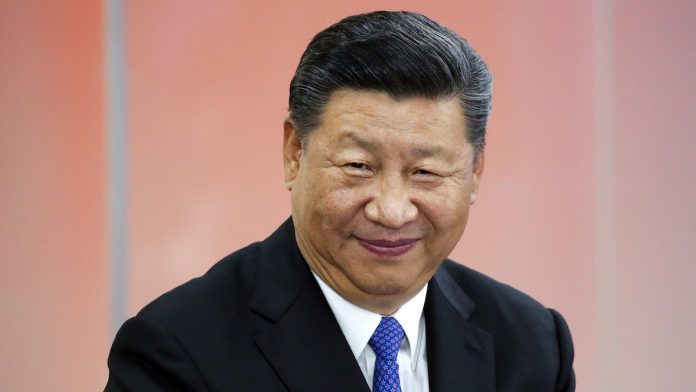This is how China deployed psy-war after Ladakh. And why India isn’t replying

File photo of Chinese President Xi Jinping | Andrey Rudakov/Bloomberg
Three months after the Galwan standoff, it’s apparent that China remains in strength at different points along the Line of Actual Control, a situation that is entirely unacceptable to India. Even as talks continued at military and diplomatic levels, the Ministry of Defence quickly removed the first official version recording of Chinese ‘transgressions’, leaving Indians wondering why the Narendra Modi government was so anxious about revealing the extent of Chinese perfidy.
Beijing, however, let loose a barrage of official statements explicitly blaming India for the whole mess. Its media had a near-continuous reportage on the prowess of the People’s Liberation Army (PLA) in what was clearly strong psychological warfare against India designed to confuse and affect decision making in a boisterous democracy.
As the Chinese continue to remain in strength across the Indian border, it is vital that this targeted psy-war is recognised and countered with effective strategic communication – which means statements and directives from the top – and a tactical playback by our own psy-war departments.
The age of psy-war
Psychological warfare is a tricky thing to define. One definition refers to the planned use of propaganda and ‘other psychological operations’ to influence opinions, emotions, attitudes, and behaviour of opposition groups. Most know something about the use of propaganda. What’s interesting is the ‘other’.
Back in the 1940s, the United States’ Central Intelligence Agency (CIA) defined psy-war as part of wartime measures ‘exclusive of armed conflict’ and including ‘black’ measures such as sabotage and guerrilla warfare. By 2010, psy-ops or psychological operations had shaken itself away from a wartime requirement. Now it was part of ‘information warfare’ as brought out in the Joint Publication 3-13.2 by the US Joint Chiefs of Staff. It defined psy-ops as “the key capability that supports Strategic Communication” by influencing foreign audiences in support of US objectives. It included the role of Special Operations Command, and an array of weapons for commanders and political heads, designed to win the war without fighting.
That precept lies at the heart of strategists such as Carl von Clausewitz and his work On War, our own Kautilya, who had an entire chapter on winning a fort without entering it, and China’s Sun Tzu, skilled in the art of subversion.
Psy-ops is, therefore, as old as war itself, although with one constant rule. An effective distortion campaign has to remain close to the truth. You can’t, for instance, manufacture an insurgency. You can, however, use psy-war tools to whip up existing grievances. That rule is likely to be upended in the age of Artificial Intelligence (AI). One example is a survey of Americans who overwhelmingly agreed that the government was hiding information on an air crash. The truth? There was no crash. It had been created by the research team.
Source: The Print













